Tiny Tina’s Wonderlands on PC
Tiny Tina’s Wonderlands is, essentially, a Borderlands game, but through an all-new lens that breathes new life into a franchise that is now more than a decade old. It’s amazing what a little shift in perspective and a creative concept can do when put together.
This is a game inside of a game, as Tiny Tina plays the role of the Bunkermaster in the fictional tabletop RPG, Bunkers & Badasses. Yes, it’s a direct reference to Dungeons & Dragons. No, that doesn’t make it any less interesting, especially when Tina — a teenager with a love for explosives — is in charge of everything that happens to you. She manages to make things more unpredictable than usual, which is saying a lot for a Borderlands spin-off.
In this Bunkers & Badasses campaign, you’re the newbie Fatemaker who’s here playing their first TTRPG with the goal of taking down the evil Dragon Lord before he uses the soul energy of all living beings to destroy the Wonderlands.
It’s pretty cliche and a bit vague early on, but Tina is often criticized for her writing ability by both the players and the characters inside the campaign she creates. There were a few times when I questioned what was going on and several characters, excluding Tina, had the exact same comments in-game, which led to memorable comedic moments.
You’ll be at the table alongside a couple of regulars, Valentine and Frette, and the dialogue is amusing more often than not. The banter between Tina, Frette, and Valentine feels relatively casual and not as constantly over-the-top as you’d expect. They really are all just playing a game together and their discussions reflect that well.
There are plenty of amusing references to other properties and real-world concepts. A couple of these references include Murphs — which definitely should not be mistaken for Smurfs — and Lairbnb for reserving an evil home away from home.
The meta conversations about how the game is being played and what storylines Tina creates make for great moments as well, especially when her writing ability and obvious twists get called out. Surprisingly, the Dragon Lord calls her out the most, as he isn’t so much evil as he is playing a role for Tiny Tina’s campaign.
Once he begins to speak more freely outside of his villain persona, he’ll often critique her Bunkermaster skills and decision-making, since she allows morally questionable events to happen from time to time in favor of spectacle.
In those scenes, Tina often flips the script in unpredictable ways to avoid those criticisms or let out her frustrations, which is exactly what happens when she brings one of the bosses back to life three times in a row after getting angered by Frette and Valentine’s comments.
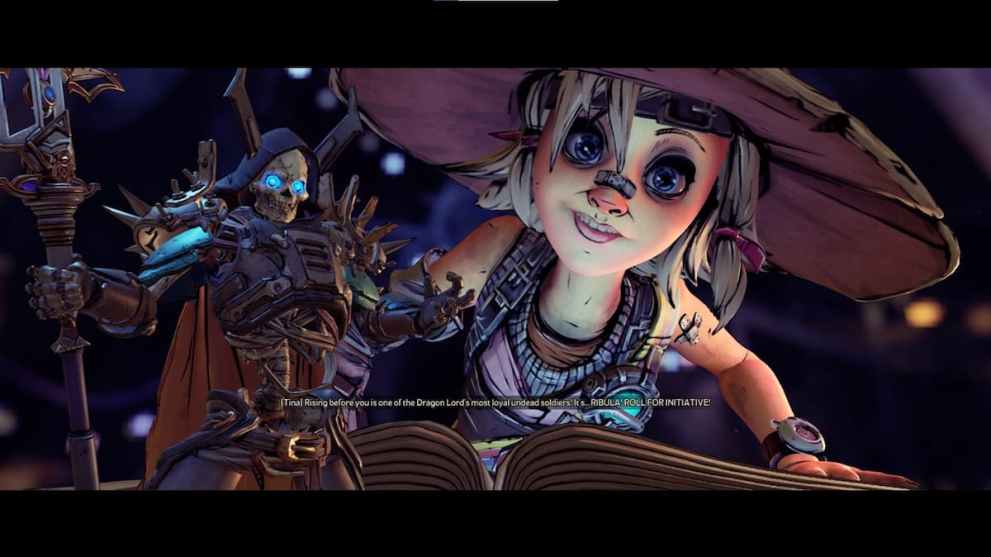
This is just one of the many ways that the game of Bunkers & Badasses helps to build up the personalities of the characters who are playing it. There are plenty of moments inside the tabletop game that reflect reality for Tiny Tina and give us glimpses into her thought process about the real world.
She’ll occasionally let the persona and role of Bunkermaster slip when Frette and Valentine bring up more serious topics like loneliness and friendship, allowing some of Tina’s more relatable and emotional thoughts to come out. She feels like a more complete character here.
Putting Tina aside for a moment, Frette and Valentine were also both immediately likable and reminded me of how friends play games in real life. Valentine got immersed and wanted to become the noble hero of the story, meanwhile, Frette seemed mostly focused on the cool battles and shiny loot. Both of those mindsets are completely valid and realistic when it comes to RPGs.
Moving on from the story and characters, the gameplay brings much of what you’d expect if you’ve ever played a Borderlands game before. There are a few tweaks and differences here and there, but overall, things should feel very familiar. The biggest change is that there’s now an Overworld connecting all important locations. This change is one of the best, though, since it cuts out the open, empty areas that usually have to be traversed with terrible Borderlands driving mechanics in mainline games.
One thing that stayed the same is the gun manufacturers. They’re back, but with fantasy twists and name changes that work better with the Bunkers & Badasses. For example, DAHL is now DAHLIA and Hyperion is Hyperius, and the game now contains crossbows, along with melee weapons like swords, hammers, and axes.
A lot of the real fun comes from making a character, right down to choosing a backstory and starting stats. Character creation feels great here, as the options are, admittedly, better than I thought they’d be. There are six voices and three personality types, along with a pitch slider, archetypes, and even pronoun options.
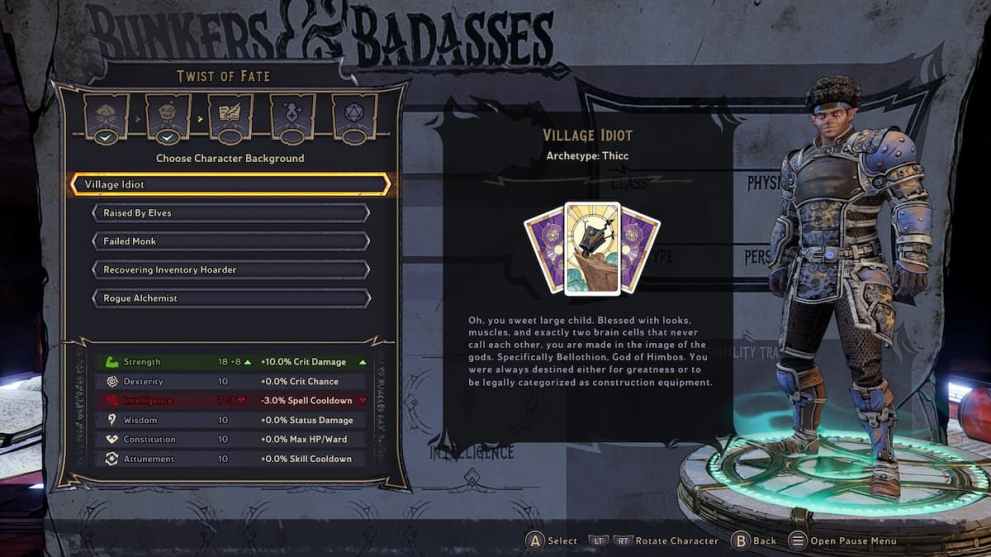
As a Fatemaker, you can choose from six starting classes, which include the Stabbomancer, Clawbringer, Brr-Zerker, Graveborn, Spore Warden, and Spellshot. Each of them feels unique, with passives, action skills, and skill trees that offer up different play styles.
The Stabbomancer is all about stealth, invisibility, and critical hits, while the Clawbringer uses fire and lightning elemental damage to fight alongside a pet wyvern. The best part is that you can eventually choose a secondary class to mix and match skills from two completely separate classes, which allows for creative combinations in combat.
Having these options is especially important when playing through the game’s endgame Chaos Chamber content — a randomized dungeon with multiple unpredictable rooms and plenty of loot. It’s a useful tool for grinding endgame enemies while providing options to activate self-imposed challenges for the chance of earning better loot.
While there are plenty of positives to speak of, some annoyances are still present. Tiny Tina will often narrate to set the stage and/or guide you through sections of the game, which makes it feel like a real, fluid campaign. The downside here is that, sometimes, she’ll cut off other characters’ optional dialogue about something new since her dialogue takes priority. So, you’ll need to stand still or avoid fighting or advancing whenever you hear random conversations begin.
Naturally, the fantasy setting introduces a lot of magic to go with the theme. But it doesn’t always hit the mark when mixed with the weapons. Many of them will now be able to fire waves of energy instead of ammunition, but using a shotgun that blasts thin lines of magic with no impact just doesn’t feel right.
It’s also tedious strange to be fighting so many skeletons and zombies over and over again. These enemies fit with the Dragon Lord’s whole soul energy-sucking plan, but the enemy variety suffers if you stick to the main quests for the majority of your playthrough. The bosses are often challenging spectacles, but regular foes start to get old after a while.
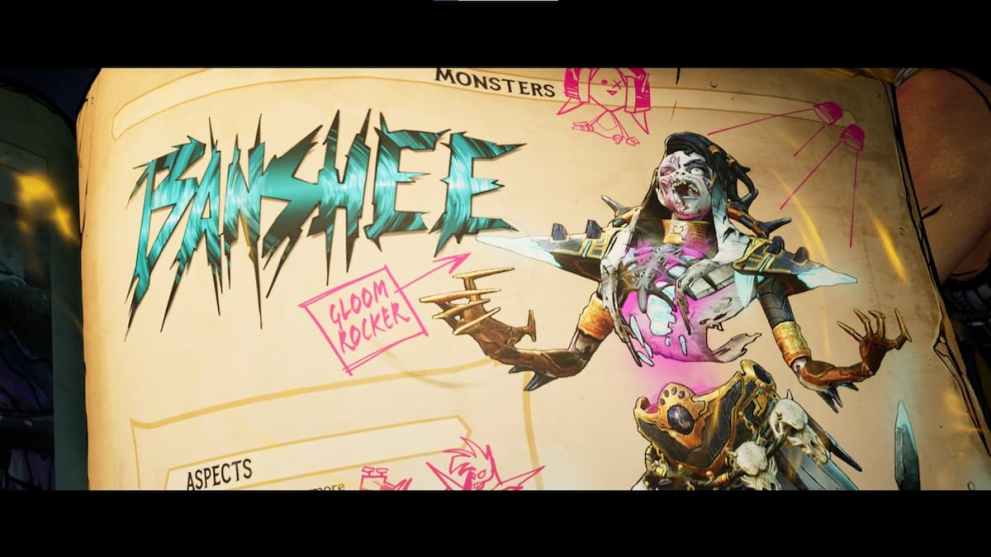
Tiny Tina’s Wonderlands is certainly a fresh take on the Borderlands formula, but it probably won’t win over anyone who didn’t already enjoy the mainline entries in some capacity. This isn’t a whole new, huge step away from those games. It’s more of a side story within an already established universe, so the core elements are still there.
While the gameplay felt familiar, Tiny Tina and the rest of the main cast carry this one on their backs through witty, fun dialogue that stayed consistently entertaining throughout the campaign. The banter, fantasy setting, and TTRPG concept really created so much more enjoyment than I expected to find here.
- Tina, Frette, Valentine, and the Dragon Lord are all likable, entertaining characters.
- Party banter and meta jokes create memorable comedic moments.
- The game of Bunkers & Badasses puts a fresh twist on the Borderlands formula.
- Overworld lets you get right into the action by walking over to new areas.
- Enemy variety is somewhat lacking in the main questline.
- Some of the magical elements don't mesh well when added to guns.

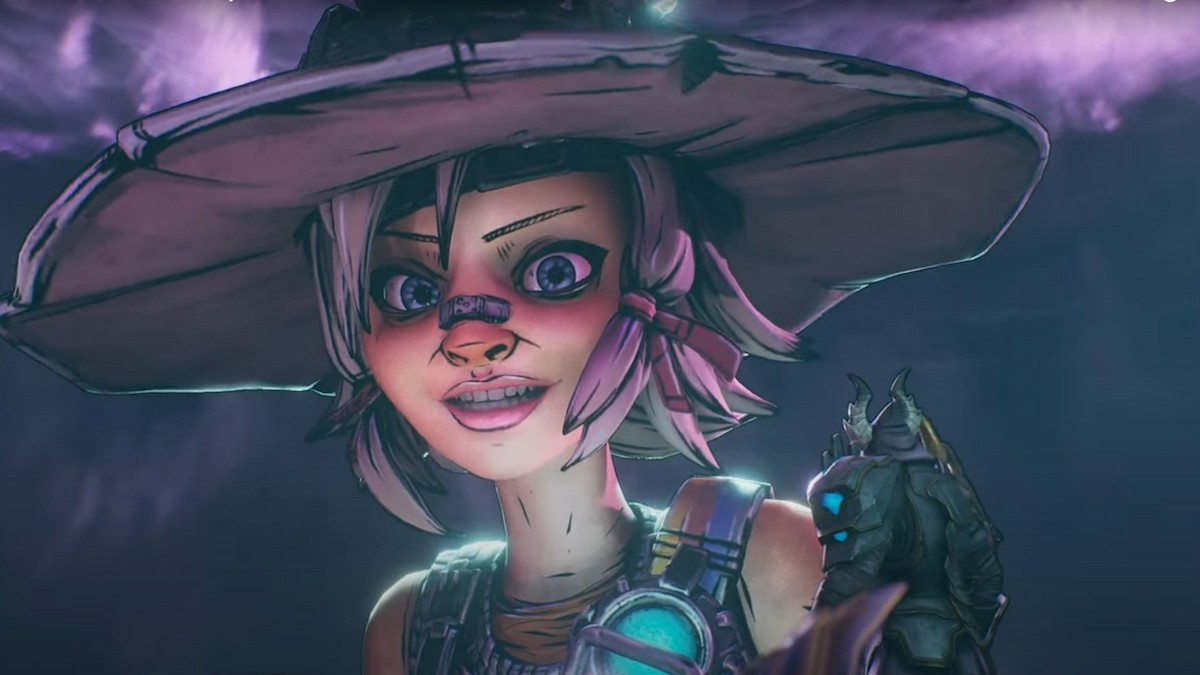










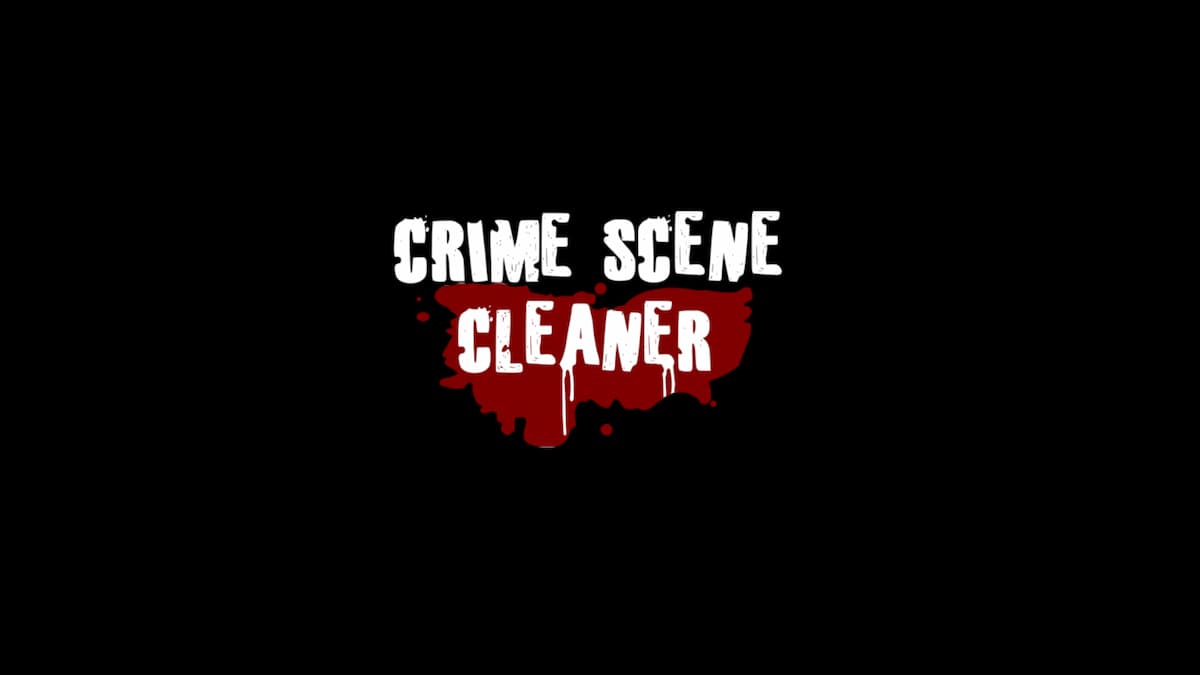
Updated: Mar 23, 2022 03:40 am